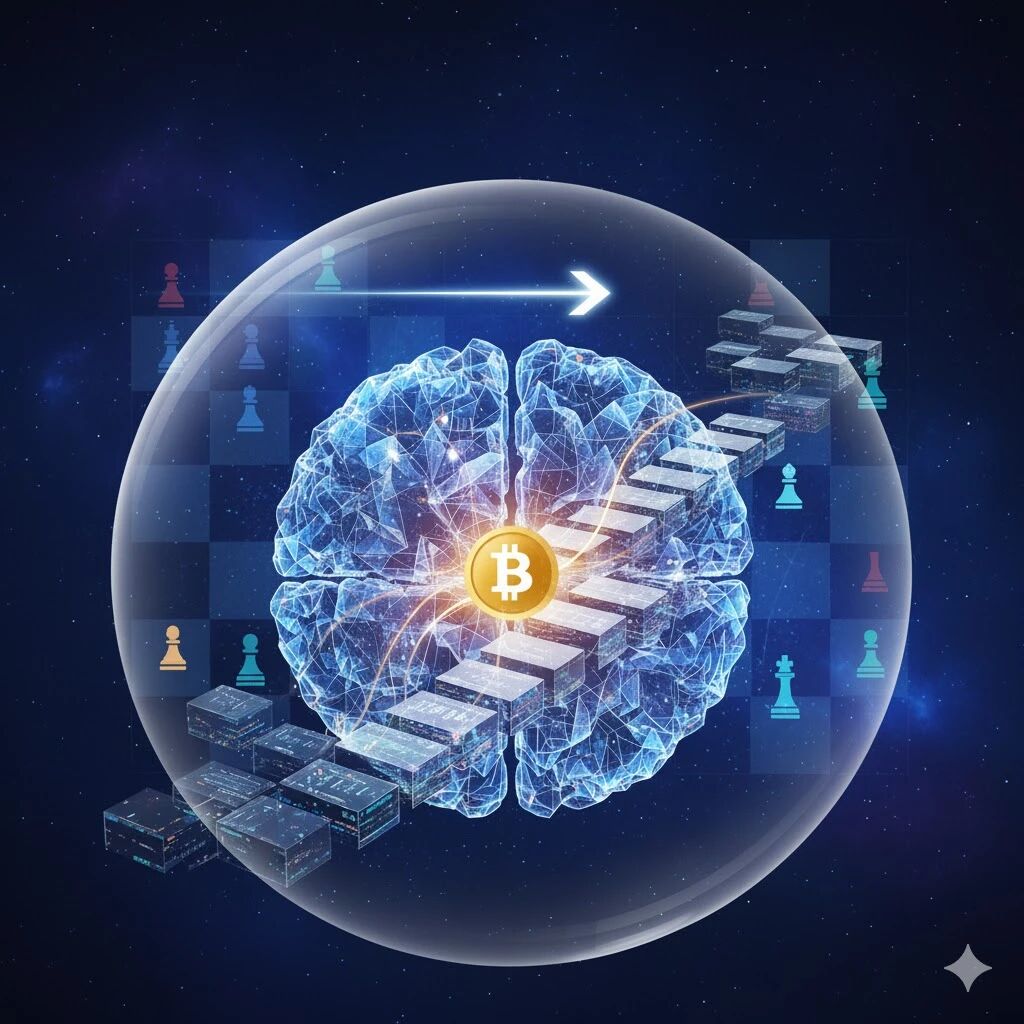
In the information age, humanity needs a decentralized and trustworthy computational system more than ever. Bitcoin is not merely digital money—it is the first engineered system in human history capable of generating global consistency and temporal order without any central authority.
How does it achieve this? The core lies in its unique logical structure.
Bitcoin is a complete system driven by an ordinal logic system and non-cooperative games.
Traditional distributed systems rely on consensus protocols (such as Paxos, Raft, PBFT), which are essentially finite-state machine replication mechanisms aimed at achieving consistent states among nodes.
The problems are:
Bitcoin’s breakthrough lies in this: it does not ask “who decides,” but redefines “what is true.”
The Turing machine system is the foundation of modern computability theory, pursuing formal system consistency—but it is constrained by Gödel’s incompleteness theorem:
Any sufficiently complex formal system cannot prove its own completeness.
In his 1939 doctoral thesis “Systems of Logic Based on Ordinals,” Turing proposed an extended path: Through oracles and transfinite recursion (ordinal recursion), a formal system can break its closure and approach completeness.

The flaw of ordinal logic: it cannot guarantee convergence to a unique conclusion—the constructed proof chain may diverge infinitely.
Bitcoin introduces three core structures:

More importantly, it incorporates the Nash non-cooperative game mechanism, i.e., Proof of Work (PoW):
Thus achieving: Turing Machine (verifiability) + Ordinal Logic (pursuit of completeness) + Non-Cooperative Game (convergence)= A Decentralized Global Truth Machine
Bitcoin constructs an unprecedented system: Mathematically based on ordinal logic, Game-theoretically grounded in Nash equilibrium, Physically embedded with an irreversible time computation structure.
That is why Bitcoin requires no trusted center or institution.

Bitcoin is not a “monetary application,” but a new computational structure—the first time formal logic has achieved an engineered approximation to completeness.
Bitcoin is a logical revolution, not a financial one.
Consensus needs no rulers. Order needs no sovereignty. Trust needs no trust.
For the first time, Bitcoin allows humanity to see: Structure determines truth. Logic creates order.